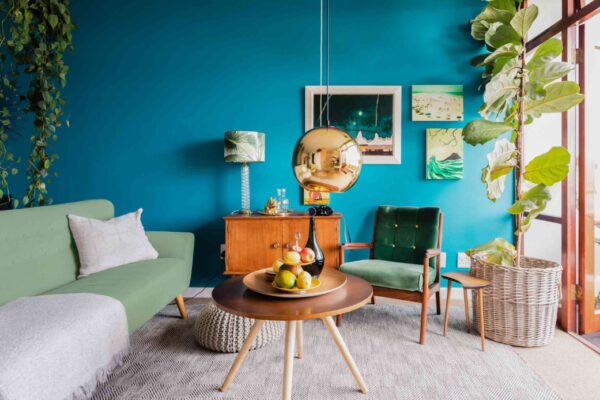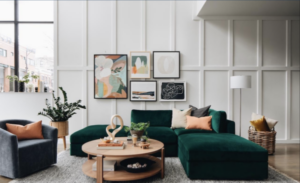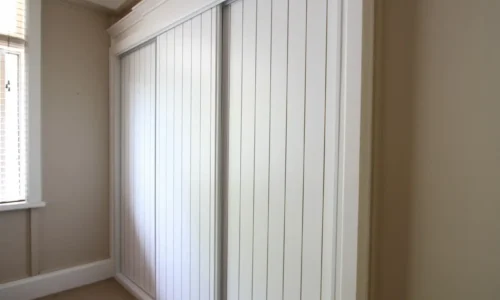Painting a room can be a fun and rewarding experience, but it can also be quite challenging. There are a variety of different paint colors to choose from, and figuring out the best way to combine them together can be tricky. In this article, we’ll show you some creative ways to mix and match paint colors in a room, so that you can create a beautiful space that reflects your personal style.
The basics theory
Color theory is an integral part of any designer’s toolkit. It’s the science behind selecting and combining colors that evoke a specific mood, emotion, or feeling when viewed. A great place to start your journey is by learning the basics of color theory.
The color wheel is a visual representation of hues that exists in the visible spectrum from red to violet. Artists use it to help imagine new combinations, or to understand how two colors interact with one another. By mixing varying proportions of two different hues, you can create new shades and tints on the wheel to find just the right hue for any project or space you’re designing. If you need help in this area, be free to check out Absolute Home Services.
Primary Colours
Red, yellow and blue is primary colors because they are not created by combining any other colors together. These are considered foundational tones that all other hues derive from or can be mixed with. It’s important to remember when considering primary colors within interior design, that historically they have represented different emotions & feelings associated with them:
- Red can represent love & warmth
- Yellow optimism & energy
- Blue trust & stability
Secondary Colours
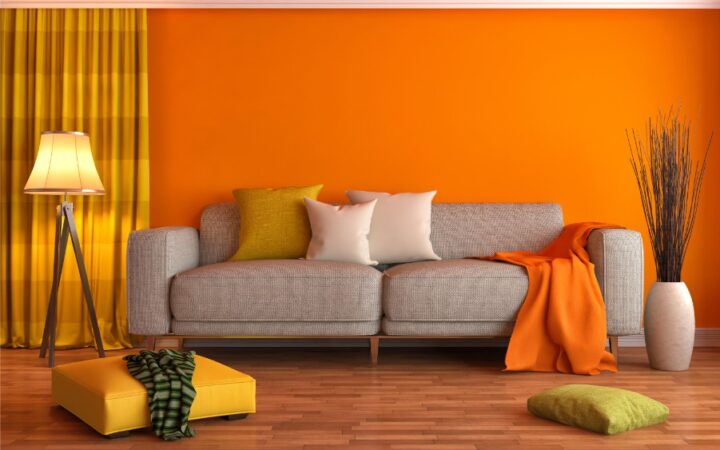
Secondary colors are made by mixing two primary tones together in equal proportions; Orange (red + yellow), Green (yellow + blue), and Violet (blue + red). When applied within interior design these are associated with contrasting emotions and feelings compared to their original parent tones:
- Orange stimulates creativity & productivity
- Green encourages balance & harmony
- Violet provides spiritual healing & unity
Tertiary Colours
Tertiary colors exist opposite each other on the wheel – like both warm and cool versions of each mixture creating browns, greens, etc. They are created from an equal mix between a primary tone plus a secondary tone; Yellow-Orange. Red – Orange. Red – Violet. Blue – Violet. Blue – Green. Yellow – Green. These tend to be used as accent elements within interior spaces as they create slightly more muted versions of emotion based on their parent’s tones for example Yellow-orange stimulates joy & energy rather than optimism energy associated with pure yellow’.
1. Choose a neutral hue for your base
Neutral colors are often described as ‘warm’ or ‘cool’, but this doesn’t refer to temperature—it refers to the tone. While warm neutrals include tans and browns, cool neutrals consist of light blues, grays, and whites.
When using a neutral hue for your base, you can balance out other hues in the room. This creates greater contrast—which can be visually appealing—without overwhelming the space with too many colors. Depending on what effect you’re going for, it’s important to consider which type of neutral is best suited for your room’s design. Here are some popular ones you might consider:
- Warm Neutrals
- Brown
- Beige
- Taupe
- Mustard Yellow
- Olive Green
- Cool Neutrals
- White
- Ivory
- Gray
- Charcoal Gray
- Light Blue
2. Use a darker color to add contrast
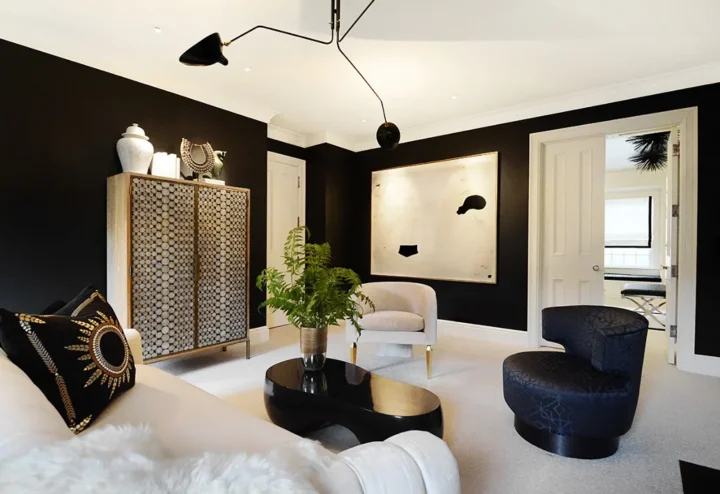
This will help to break up the monotony and create the illusion of more space – especially within smaller rooms. Darker hues can draw the eye upward and downward, creating an interesting visual effect that helps define a room’s architecture and makes it appear more inviting. When using a dark color in your space, keep in mind that it is best to add it as an accent.
Too much of one dark tint throughout a room will create a closed-in feeling rather than an inviting one.
Accent walls are great ways to incorporate darker hues into your room without overdoing it. Light or neutral walls provide you with the perfect backdrop for an accent wall painted in deeper shades, such as navy blue or charcoal gray.
Another great way to use a darker color is to incorporate trim work around points of interest such as windows, doorframes, and columns, or through adding stripes along walls with tape or stenciling patterns onto them with paint.
3. Combine different shades of the same color
Combining different shades within the same color family is an easy and effective way of adding depth and interest to any room. Painting just one wall in a slightly darker or brighter shade than the rest of your room can do wonders for setting a mood or making an area pop. By combining different shades of the same hue, you can create a really dramatic look that oozes sophistication.
For example, painting the walls in a light shade of grey, while using darker shades on your accent walls will create an atmosphere that instantly calms and centers you. Alternately, if you are looking to create more energy in a space, opt for slightly brighter hues on your walls and slightly lighter versions for accents.
4. Mix and match complementary hues
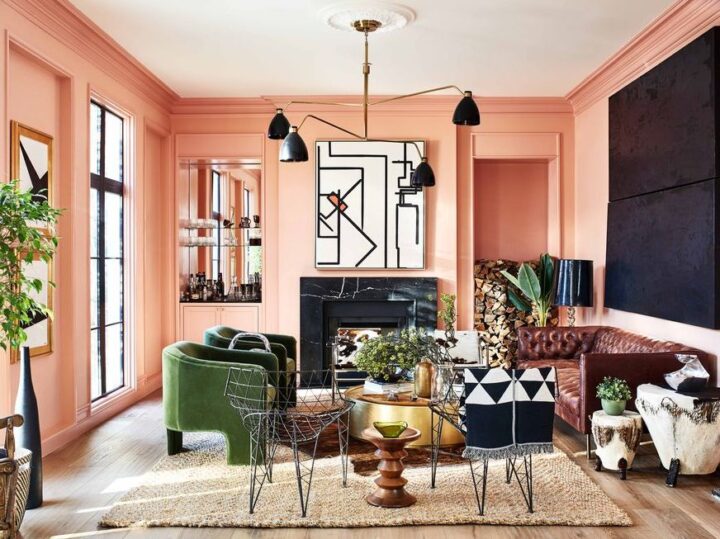
When mixing and matching paint colors, one of the most versatile options is to play with complementary colors – the ones that are opposite each other on the color wheel. Complementary hues such as orange and blue, yellow and purple, or red and green create strong contrast for powerful visual impact.
For example, if you select a deep forest green for your accent wall, you can opt to add a soft, buttery yellow in other areas of the room as a checkerboard pattern or as an ombre-style effect starting from light to dark. You can also choose complementary colors in different shades of each to provide subtle contrast. To make things truly look dramatic, try painting down one side in the dark color and up the other in a lighter shade – just make sure it doesn’t create too much of an optical illusion!
Conclusion
When it comes to painting a room, there are lots of creative ways to mix and match colors. Whether you’re looking for a more monochromatic look or want to add some life to your walls with pops of color, these tips will help you get started.
Use different shades and intensities of the same hue, try switching up the order in which you apply it, or use accent colors to break up a predominately dark or light background. With so many options available, there’s no wrong way to go about painting your room – just have fun with it!

